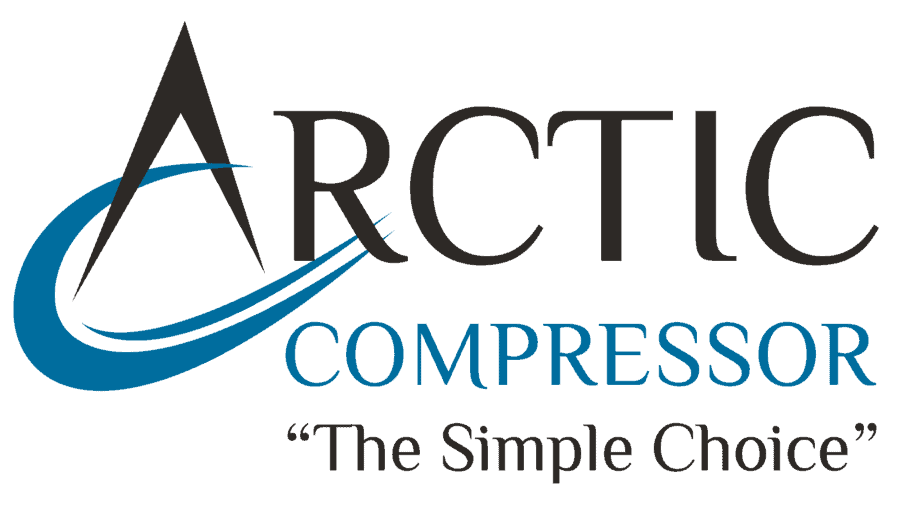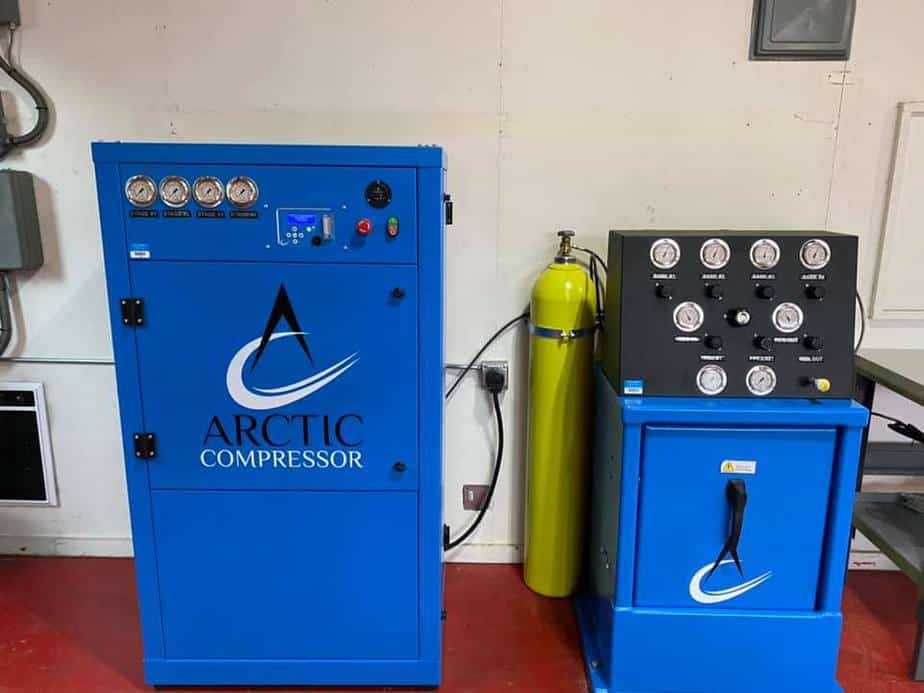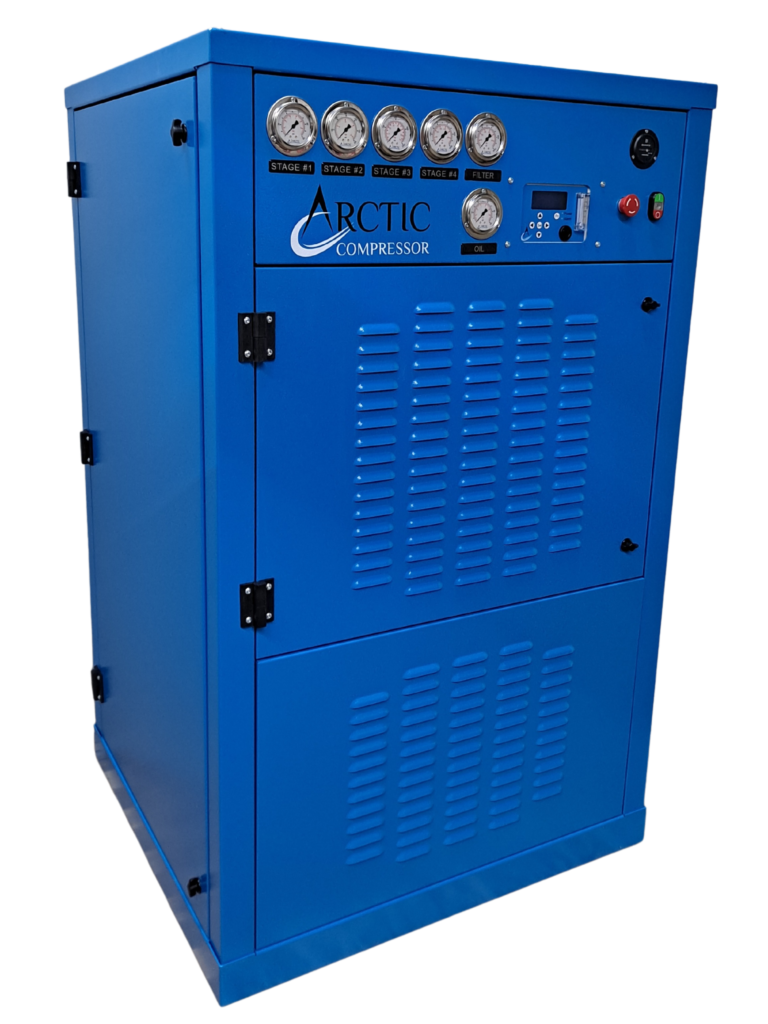Compressed breathing air systems are a must for people working in or exploring environments that lack clean air to breathe; firefighters, SCUBA divers, and HAZMAT teams are some examples of people that use breathing air systems to get their jobs done safely.
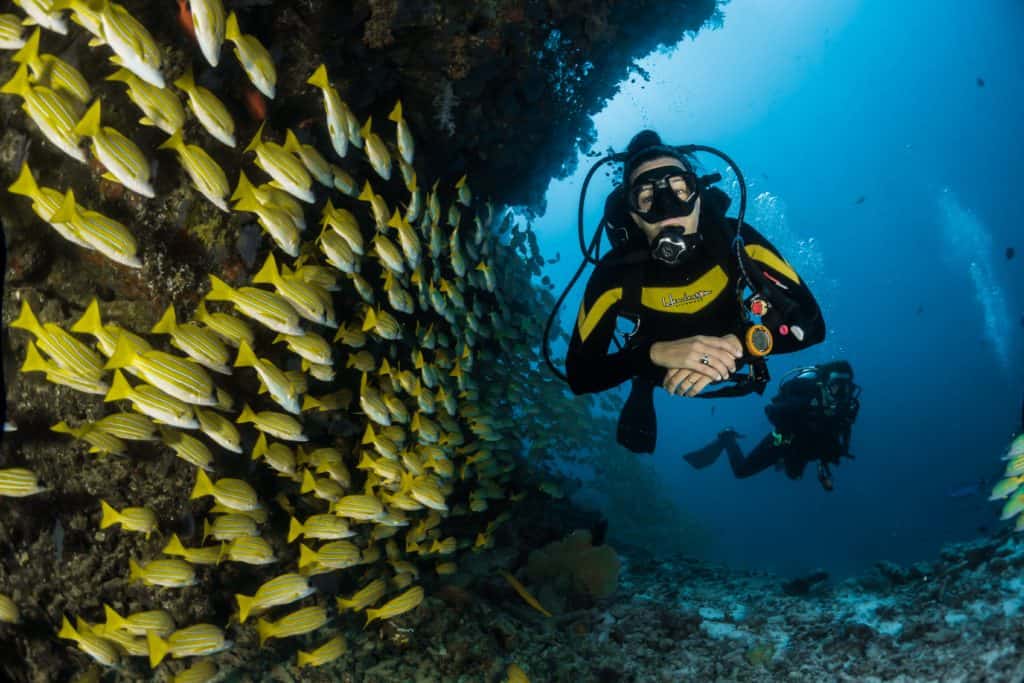
This article will cover what you may need to consider when looking for a compressed breathing air system including:
- Who needs a self contained breathing air system?
- Breathing Air Systems
- Breathing Air Quality Standards
- What to consider when looking for a breathing air system
- Firefighting SCBA Breathing air systems
- Arctic Compressor Equipment
Who needs a self contained breathing air system?
Several industrial and first responder occupations require the use of Self Contained Breathing Apparatus (SCBA) equipment to safely navigate environments that lack safe, breathable air. In many cases that require SCBA use, the ambient conditions can present respiratory hazards that pose long term health risks and even death. These hazards often involve smoke, chemical contaminants, and pathogens depending on the industry in question. Recreational and rescue divers use Self Contained Underwater Breathing Apparatus (SCUBA) which has similar quality requirements but different equipment.
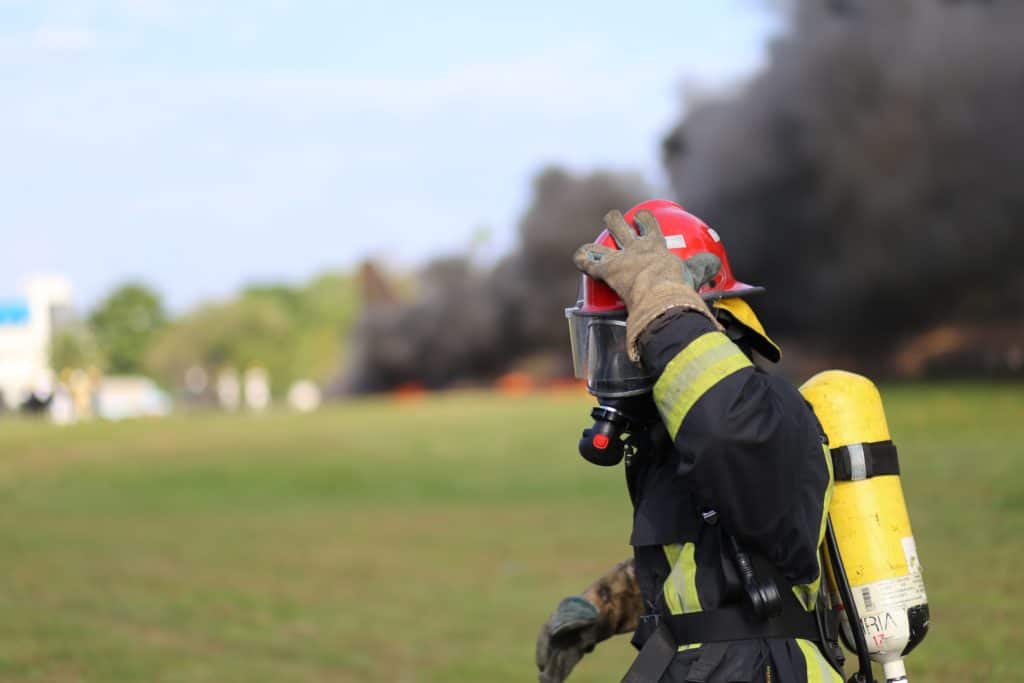
Breathing Air Systems
Multi-stage high pressure compressor systems are used to compress ambient air for use in SCBA and SCUBA breathing air systems. These compressors can commonly produce 5,000 and 6,000 PSI air for use in filling 3,000 PSI SCUBA tanks used in diving as well as smaller, higher pressure SCBA air packs.
The SCBA air packs used in the fire-safety and hazardous materials industries are available at 2,216, 4,500, and 5,500 PSI. The 4,500 and 5,500 PSI air packs are more compact and lighter than the 2,216 PSI air packs, leading many users to upgrade to higher pressure equipment to gain the comfort and ease of movement afforded by less cumbersome equipment.
An important safety component of a breathing air system is the fill station. Fill stations protect an operator filling air packs in the event of an air pack failure. This is achieved by directing the blast and any fragmented debris away from the operator.
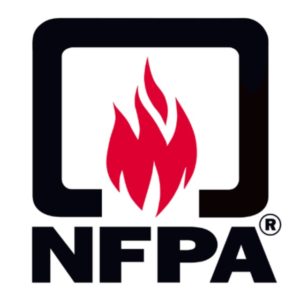
Breathing Air Quality Standards
The Compressed Gas Association (CGA) and National Fire Protection Association (NFPA) have set strict standards for compressed breathing air to protect SCBA and SCUBA users from toxic gas, contaminants, and equipment failure due to high moisture content. For this reason it is important for the air being compressed for use in SCBAs to start out as high quality air.
Industrial emissions, vehicle exhaust, combustion heating exhaust, chemicals, cleaners, and environmental conditions in the vicinity of an operating compressor can degrade the quality of intake air.
Compressor equipment issues, poor maintenance, and operational practices can also introduce contaminants into your SCBA air supply. Proper maintenance and routine quality testing are important components to keeping your personnel safe.
To ensure SCBA air quality, NFPA 1500 suggests a minimum CGA Grade D air quality. CGA Grade E breathing air quality is an improvement on CGA Grade D, allowing for use in both SCBA and SCUBA applications. Because of this, many fire and dive rescue department programs have decided to use CGA Grade E as their minimum air standard as outlined in the quality standards set by NFPA 1989. See the table below for air quality standards.
| Standards | NFPA 1989 (2019) | CGA D (G-7.1, 2011) | CGA E (G-7.1, 2011) | CGA L (G-7.1, 2011) |
| Oxygen (%) | 19.5 – 23.5 | 19.5 – 23.5 | 20 – 22 | 19.5 – 23.5 |
| Nitrogen (%) | 75 – 81 | NA | NA | NA |
| Carbon Dioxide (ppm) | 1000 | 1000 | 1000 | 1000 |
| Carbon Monoxide (ppm) | 5 | 10 | 10 | 10 |
| Methane (ppm) | NA | NA | 25 | NA |
| Water Vapor (ppm) | 24 | 67 | 24 | 24 |
| Dew Point (F) | NA | -50 | -65 | -65 |
| Non Methane Hydrocarbons (mL/m3) | 25 | NA | NA | NA |
| Oil/Part. (mg/m3) | 2 | 5 | 5 | 5 |
| Odor | None | None | None | None |
One of the most common causes of SCBA air quality failure is the presence of excessive moisture content. Moisture in breathing air can cause issues especially in low temperature environments and while diving. Proper air purification and filtration within the compressor are essential in helping to remove these contaminants.
What to consider when looking for a breathing air system
For specific fire and rescue department applications, it is important to consider several factors when considering the proper breathing air systems:
- Size of system needed
- Pressure needed
- Frequency and duration of use
- Volume or capacity of air needed per use
- Budget
- System housing
- Special features
There are three basic components to a breathing air compression system: the compressor, the cascade storage cylinders, and the fill station. The size of all these components and the number of storage cylinders needed are commonly dictated by the needs of the department.
Knowing the number and pressure of the air packs in use is essential to deciding the size of the breathing air compressor required. Adding extra storage capacity can help lower the size and output requirements of the compressor, decreasing equipment and maintenance costs.
Firefighting SCBA Breathing air systems
A recurrent issue for SCBA breathing air in firefighting situations is the presence of high levels of Moisture within the compressed air. Rapid environmental temperature changes for fire fighting situations, both up and down, mandates that the SCBA air compressor must remove excess water during the compression process. System components can be clogged or damaged by air with unacceptable moisture. Excess moisture in breathing air combines with oil and solid contaminants to form sludge, which can clog or damage system components.
The A1000 compressor system uses a dryer bed to remove water in excess of a dew point at –65 degrees Fahrenheit. The output air meets the NFPA 1500 standard, reducing the chance for moisture to create sludge or frozen equipment within the SCBA. With a 24,000 Cu. Ft. filtration capacity at 80 degrees Fahrenheit, the A1000 system is designed to provide C.G.A. Grade E breathing air. The system contains an activated charcoal and a carbon monoxide catalyst to remove any remaining contaminants.
Arctic Compressor Equipment
There are several Arctic compressors to consider when evaluating breathing air systems. Two of our popular choices are listed below, the A1000 is available in both open and Enclosed frame build ups.
The expandable built-in filtration for these units allows you to extend the time between changing filters, while ensuring that your air meets CGA Grade E requirements. An optional electronic carbon monoxide monitor provides continuous monitoring with audio and visual alarms. In the event of an alarm the monitors shut down the attached compressor to safeguard your users health.
Within the firefighting industry, each department has its own unique breathing air needs and requirements. If you want a customized equipment package give our staff a call so that we can design a system to fit your needs.
Who We Are
Arctic Compressor LLC produces High-Pressure Air compressors and Containment Fill Stations for use in the fire safety, industrial, and recreational markets. We have been designing and building high-pressure compressors for more than 30 years.
